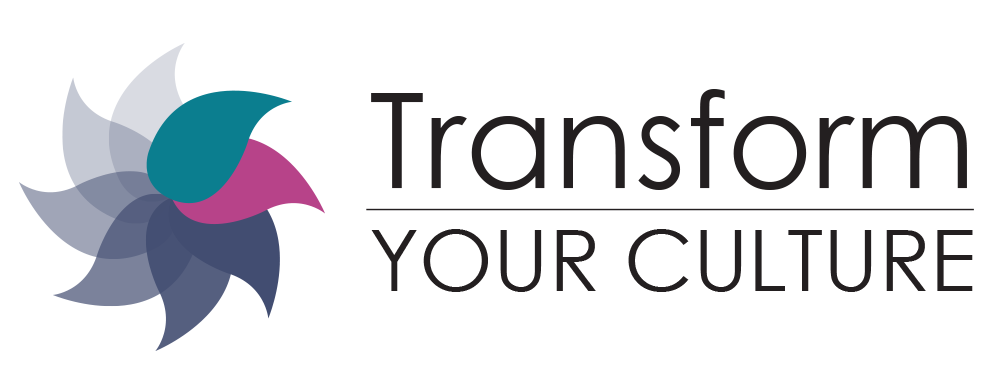Burnout is the emotional equivalent of a car running on fumes. It can creep slowly, leaving a trail of depleted energies and smothered passions. By understanding its signs and learning practical strategies to combat it, you can recover and step back into the light where you drive your life, not the other way around. Come along as I share a roadmap out of the disorienting fog of burnout.
What is Burnout?
Burnout is a state where your get-up-and-go has gotten up and left, leaving behind a shell of cynicism and disconnectedness from your job and yourself. It doesn’t just hit you one day out of nowhere; it progressively builds up as chronic workplace stress that hasn’t been successfully managed.
Differentiating stress and anxiety from burnout:
Stress is a natural part of your life. It’s the body’s reaction to feeling threatened or under pressure. Anxiety is about worry; it’s when we fear how future events will unfold and what their potential outcomes will be.
Burnout doesn’t just hit you out of nowhere; it builds up slowly when we don’t manage chronic stress.
Burnout is different. It’s the culmination of unmanaged chronic stress that has an unhealthy physical and emotional impact, leaving you feeling empty and mentally exhausted.
Recognizing the early signs of burnout
In times of crisis, recall that the goal isn’t to face burnout but to spot it early, manage it effectively, and move forward with renewed energy and wisdom. Recognizing burnout requires a conscious, intentional check-in with yourself. There are three cardinal symptoms of burnout:
- Feeling exhausted: An endless sense of fatigue that no amount of sleep or coffee can shake.
- Negativity and cynicism: A pervasive disillusionment with your job and other interests, often linked to diminished accomplishment and effectiveness.
- Detachment: A growing emotional gulf between you, those close to you and the work you once felt passionate about.
- Autopilot: Then you are always tired and detached from the things that are important to you; going through the motions can be all you feel you can do.
Being on autopilot can present with behaviours such as living in the past or future—not the present, being easily distracted from tasks, meeting unplanned or unexpected demands with reactive and judgemental feelings, and approaching your daily activities with habitual and assumption-based actions.
Four steps to break the burnout cycle
Once you have noticed the signs of burnout, you can take a few steps to address them and start the recovery process.
- Reduce Workload: Evaluate what’s on your plate. Which tasks drain you? Imagine a life without these tasks. Brainstorm delegation, collaboration, or task re-assignment strategies.
- Acknowledge Empathetic Distress: Empathy is key, but identifying too much with the emotions of others can lead to empathic distress. Shift towards compassion, where you remain engaged and purposeful while maintaining a clear distinction between yourself and the emotions of others.
- Self-compassion through mindfulness: Start treating yourself as a friend. Become aware of your self-judgments and criticisms. Practice shifting your internal dialogue to one filled with kindness and love. A mindfulness practice can help you to start.
- Seek professional guidance: When burnout feels overwhelming, remember asking for help is okay. A therapist or counsellor can provide valuable strategies and perspectives to help you manage stress more effectively and rebuild your resilience. If your employer has an employee assistance program, you may have free access to care from a professional.
Moving forward…how to keep burnout at bay
Preventing burnout is a daily practice that intertwines stress management, self-awareness, and setting boundaries. Here are some tips to maintain the balance:
- Prioritize self-care: Grant yourself permission to pause and indulge in activities that rejuvenate your body and spirit. Whether taking a peaceful walk in nature, a warm bath, or simply reading a book you enjoy, prioritize these acts of self-love to keep stress at bay and maintain your inner peace. Self-care practices will work to boost your confidence and combat feelings of negativity and cynicism.
- Cultivate a supportive network: Don’t face burnout in isolation. Seek the company and counsel of friends, family, and colleagues. Engage in open conversations about your feelings and experiences. Sometimes, just knowing you’re not alone can make all the difference.
- Unplug with intention: Consciously disconnect from work emails and calls during your personal time. Create sacred spaces and moments dedicated to relaxation and leisure without intruding on professional responsibilities. This will help you clear your mind and recharge your batteries to show up and be productive.
In navigating the complex waters of professional life, recognizing when to sail smoothly and when to anchor down against burnout is crucial. By understanding your stressors, practicing mindfulness, and exercising emotional intelligence, you can recover from burnout and reclaim a balanced, fulfilling life. Remember, recovery is not just a destination—it’s a continuous, intentional movement towards a healthier, happier you.


